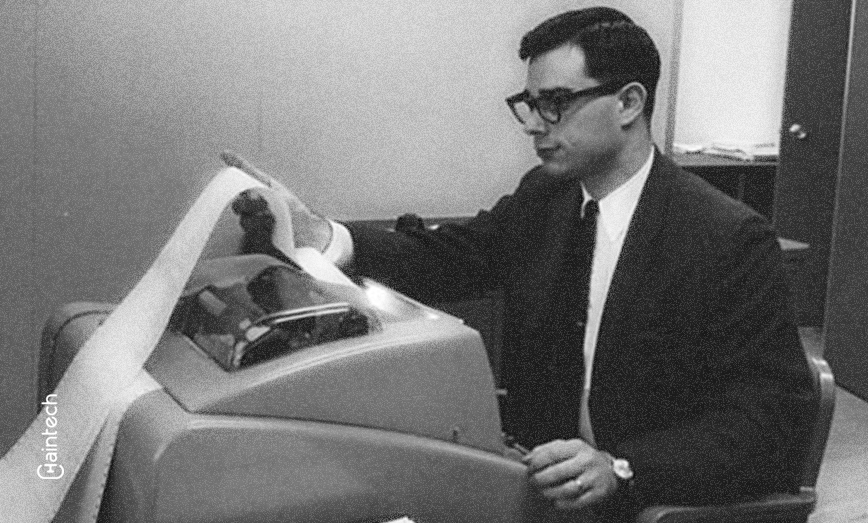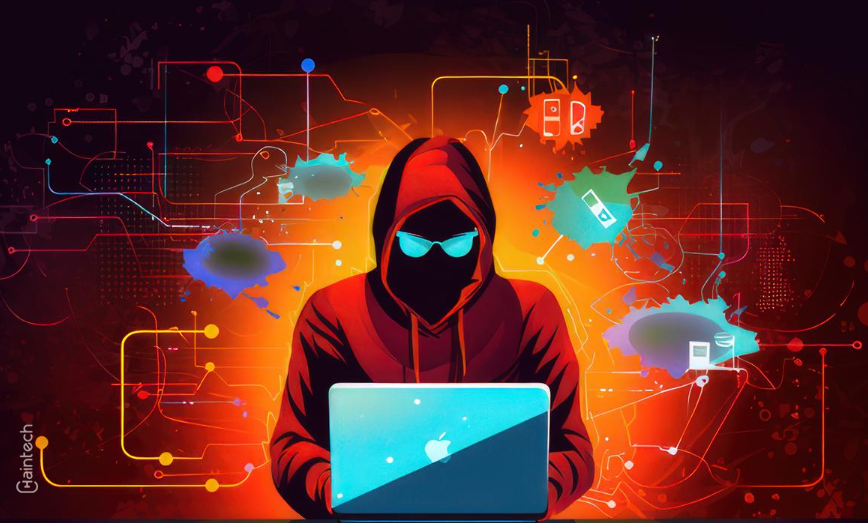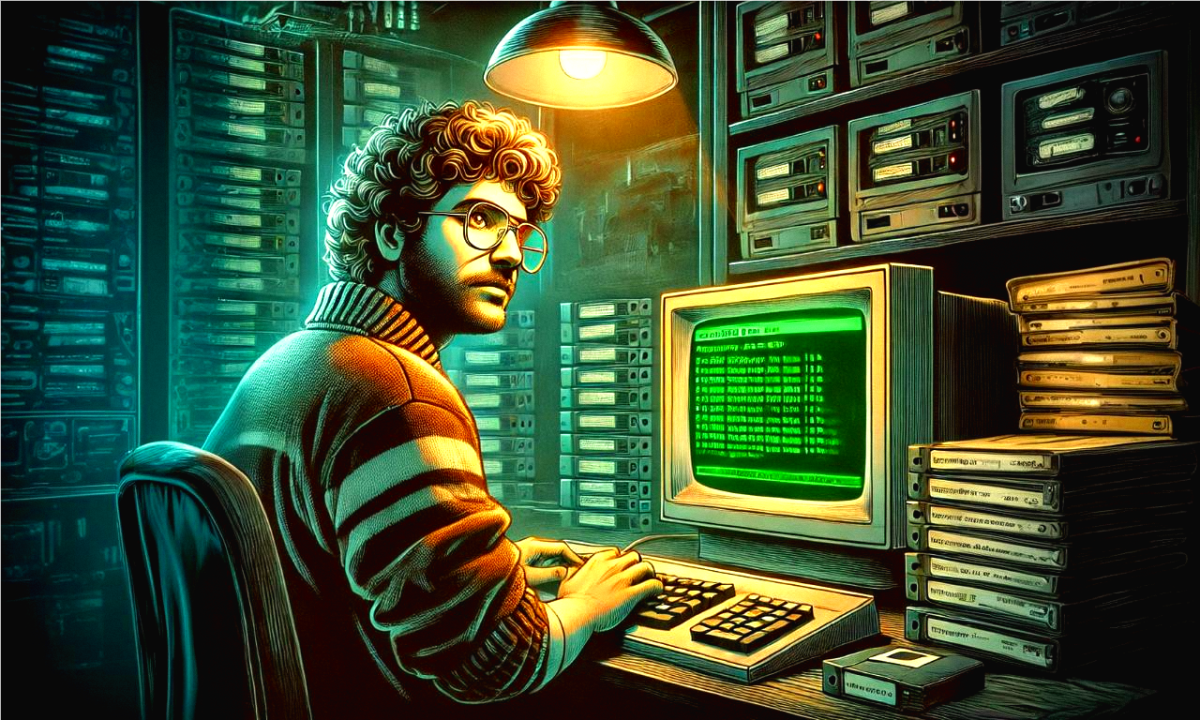Unveiling Cyber History 1962: Allan Scherr, The First Computer Troll

Introduction
With this blog, allow us to take you back to 1962, when the Massachusetts Institute of Technology (MIT) was buzzing with the excitement of computing’s early days. Allan Scherr, a student with a penchant for mischief, found a way to leave his mark on the evolving world of computer science. This is the tale of Allan’s ingenious journey through the Compatible Time-Sharing System (CTSS) and the unintended consequences that shaped the future of cybersecurity.
The Story of Cyber Mischief
In 1962, MIT pioneered computer passwords for privacy on shared machines. However, Allan Scherr, a student, disrupted this safeguard. Frustrated with the four-hour daily time limit, Scherr smartly created a punch card trick, extracting all passwords from the computer. Exploiting this newfound access, he not only exceeded his time but also shared passwords with friends, birthing the first computer troll era. The mischief escalated as they hacked into their teacher’s account, leaving mocking messages. Allan Scherr’s antics marked the inception of cyber hacking, unraveling the unforeseen consequences of early attempts at digital privacy.
The Evolution of Cybersecurity
The early password systems were akin to open secrets, allowing Allan Scherr to bypass time limits and engage in some unauthorized digital escapades. The consequences, however, were far-reaching. Privacy went out the virtual window as Allan freely roamed through users’ accounts. The disruption to MIT’s educational sanctity was palpable, and the incident prompted a wake-up call, ushering in a new era of heightened security awareness.
Following Allan Scherr’s 1962 caper, a revolution unfolded in cybersecurity. No more could users rely on simple passwords like “password123.” Instead, a push for stronger and unique password standards took center stage. This shift aimed to fortify user accounts and protect against unauthorized access. Moreover, the introduction of hashing, influenced by Robert Morris, revolutionized password storage. Passwords were no longer saved in plain text but transformed into a cryptographic puzzle, making it significantly harder for potential hackers to decipher sensitive information.
Simultaneously, the concept of access control underwent a significant upgrade. Think of it like the velvet rope at a VIP event; it tightened its grip, ensuring that users strictly adhered to their authorized privileges and allocated time slots. This comprehensive response to Allan’s mischief laid the groundwork for modern cybersecurity practices, shaping a more secure digital landscape.
Conclusion
Allan Scherr’s 1962 escapade wasn’t just a stroll through the MIT corridors; it was a historical marker in the evolving landscape of computer security. His exploits triggered a shift toward robust cybersecurity practices, influencing how we protect our digital world today. As we navigate the cyber frontier, let Allan’s tale remind us that vigilance and innovation are the unsung heroes in safeguarding our digital castle. So, whether you’re decoding punch cards or emojis, the lessons from the past echo loud and clear: cybersecurity is an ever-evolving adventure.









